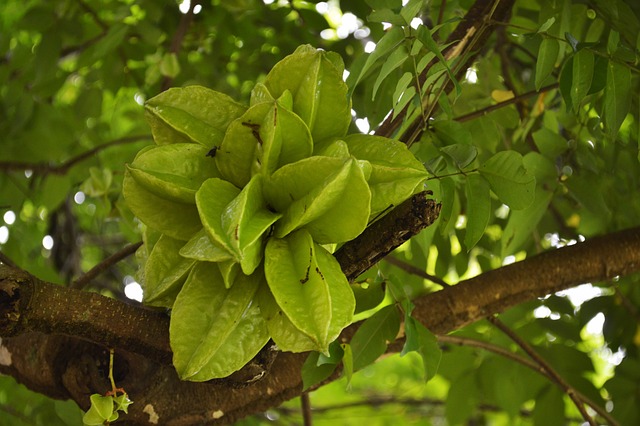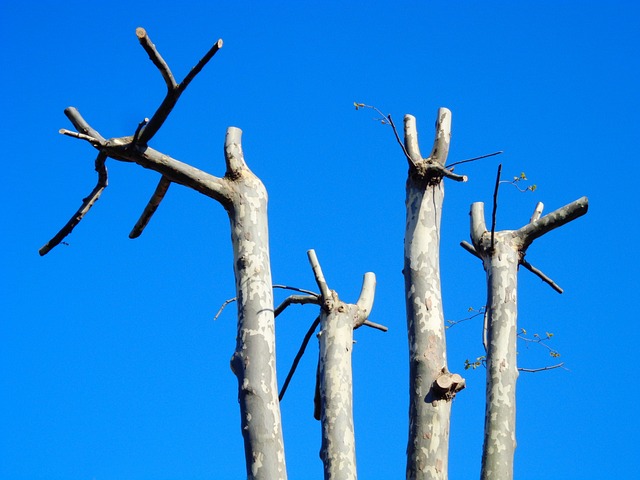bicho geográfico ✅ Bicho Geográfico: A Menace Beneath Our Feet

Bicho Geográfico: A Menace Beneath Our Feet
In the intricate tapestry of human health, myriad issues emerge from our interactions with nature, but few are as perplexing and unsettling as bicho geográfico. Often dismissed as a mere nuisance, this parasitic affliction, caused by the larvae of hookworms, presents a complex public health challenge that merits deeper scrutiny. While many may be familiar with the discomfort it causes, the broader implications on individual health and public awareness remain largely underappreciated.bicho geográfico
At its core, bicho geográfico is a manifestation of a larger ecological narrative. The larvae of Ancylostoma braziliense, commonly found in warm, sandy environments, burrow into the skin of unsuspecting hosts, leading to an itchy, serpiginous rash. This condition, though not life-threatening, serves as a stark reminder of the delicate balance between human activity and the natural world. The infection primarily affects those who tread barefoot on contaminated soil, thereby highlighting the disparities in socioeconomic status and access to healthcare. In regions where poverty prevails, the prevalence of bicho geográfico escalates, showcasing a distressing intersection between environmental factors and social inequality.bicho geográfico
The symptoms of bicho geográfico can range from mild irritation to severe discomfort, yet its presence on the human body often goes unnoticed until it manifests visibly. The serpentine tracks that appear on the skin can evoke concern; however, it is the underlying implications of such an infection that warrant attention. The invasion of these larvae underscores the vulnerabilities inherent in environments where sanitation practices are lacking. The affected individuals not only experience physical discomfort but may also face psychological distress due to the visible nature of the rash, further complicating their quality of life.bicho geográfico
Contrasting the experience of those in developed regions with their counterparts in less affluent areas reveals a stark reality. In urbanized settings where healthcare resources are plentiful and public awareness campaigns are prevalent, the incidence of bicho geográfico remains relatively low. Here, the focus lies heavily on education, prevention, and prompt treatment, effectively diminishing the impact of this parasitic threat. Conversely, in rural or impoverished locales, the lack of educational resources and healthcare infrastructure exacerbates the issue. Affected individuals often remain unaware of the condition's causes and treatment options, allowing the cycle of infection to perpetuate.bicho geográfico

Public health initiatives play a pivotal role in combating the spread of bicho geográfico. Education is the cornerstone of prevention; informing communities about the dangers of walking barefoot in contaminated areas is essential. Furthermore, enhancing sanitation practices and improving access to clean water can significantly reduce the risk of infection. Initiatives aimed at raising awareness about the importance of wearing shoes and maintaining proper hygiene can serve as a proactive measure against this parasitic affliction.bicho geográfico
The medical community also bears a responsibility in addressing bicho geográfico. Prompt diagnosis and effective treatment are crucial to alleviating the burden of this condition. While the initial symptoms may appear benign, the potential for secondary infections and complications is a pressing concern. Antiparasitic medications, coupled with topical treatments, can provide relief and expedite recovery. However, without a comprehensive understanding of the condition's implications, many individuals may not seek the necessary medical intervention.bicho geográfico

In conclusion, bicho geográfico serves as a microcosm of larger public health challenges. The intersection of environmental, social, and health factors creates a complex web that demands attention. As we advance into an era of increased globalization and urbanization, the need for awareness and education becomes paramount. Addressing the multifaceted nature of bicho geográfico requires collaborative efforts from healthcare providers, educators, and communities alike. Only through concerted action can we hope to mitigate the impact of this parasitic menace and ensure that future generations are better equipped to navigate the intricacies of their environment with a sense of security and health. The fight against bicho geográfico is not merely a battle against a skin condition; it is a call to action for a more equitable and informed society.
Fale conosco. Envie dúvidas, críticas ou sugestões para a nossa equipe através dos contatos abaixo:
Telefone: 0086-10-8805-0795
Email: portuguese@9099.com


